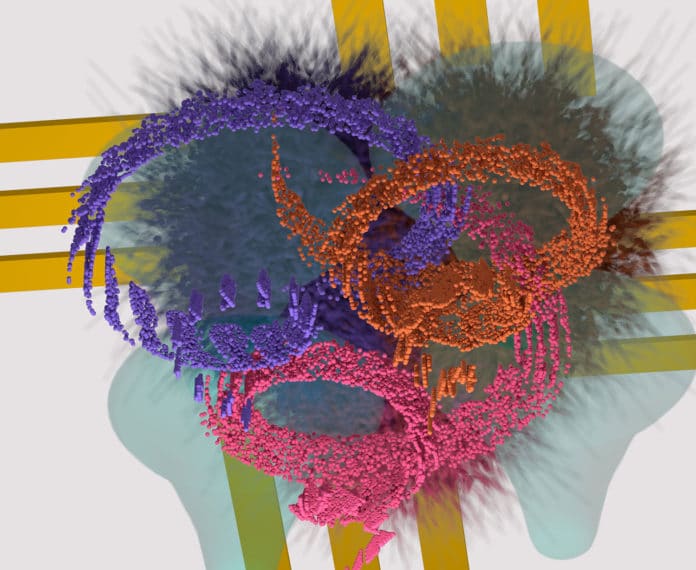Nagaoka’s ferromagnetism is a well-known rigorous example of ferromagnetism in the Hubbard model. It deals with the limiting situation in which there is one fewer electron than in the half-filling, and the on-site Coulomb interaction is infinitely large.
The phenomenon of Nagaoka’s ferromagnetism was predicted by a Japanese physicist Yosuke Nagaoka in 1966. He speculated how materials could become magnetic, with one caveat: the specific conditions he described do not arise naturally in any content.
Now, scientists from the QuTech, a collaboration between TU Delft and TNO used a quantum simulator and espied experimental signatures of Nagaoka ferromagnetism. The quantum simulator consisting of a four-electron-site square plaquette of quantum dots to demonstrate Nagaoka ferromagnetism.
JP Dehollain, who performed the experiments together with Uditendu Mukhopadhyay, said, “To understand Nagaoka’s prediction, picture the simple mechanical children’s game called the sliding puzzle. This puzzle consists of a four-by-four grid of tiles, with a single empty slot to allow the tiles to slide around to solve the puzzle. Next, think of the Nagaoka magnet as a similar two-dimensional square lattice, where each tile is an electron. The electrons then behave like the tiles in the children’s game, shuffling around in the lattice.”
If all electrons in alignment, then the electrons will form a different arrangement after every shuffle. In contrast, if all the electrons are aligned, the puzzle always stays the same, no matter how the electrons are shuffled.
Dehollain said, “Nagaoka found that alignment of electron spins results in lower energy of the system. As a consequence, the system of a square 2-D lattice, which has one missing electron, will naturally prefer to be in a state in which all electron spins are aligned—a Nagaoka ferromagnetic state.”
Mukhopadhyay said, “We achieved this by engineering an electronic device with the capability to ‘trap’ single electrons. These so-called quantum dot devices have been used in science experiments for a while now, but our challenge was to make a 2-D lattice of four quantum dots that is highly controllable. To make these devices work, we need to build an electric circuit at a nanometre scale, cool it down to nearly absolute zero (-272.99°C), and measure tiny electrical signals.”
“Our next step was to trap three electrons and allow them to move around within the two-by-two lattice, creating the specific conditions required for Nagaoka ferromagnetism. We then had to demonstrate that this lattice indeed behaves like a magnet. The magnetic field generated by three electrons is too small to detect with conventional methods, so instead, we used a susceptible electric sensor that could ‘decipher’ the spin orientation of the electrons and convert it into an electrical signal that we could measure in the lab. In this way, we were able to determine whether or not the electron spins were aligned as expected.”
Lieven Vandersypen, lead investigator and co-director of the Kavli Institute of Nanoscience, said, “The results were crystal clear: we demonstrated Nagaoka ferromagnetism. When we started working on this project, I wasn’t sure whether the experiment would be possible, because the physics is so different from anything else that we have ever studied in our lab. But our team managed to create the right experimental conditions for Nagaoka ferromagnetism, and we have demonstrated the robustness of the quantum dot system.”
“Such systems permit the study of problems that are too complex to solve with today’s most advanced supercomputer, for example, complex chemical processes. Proof-of-principle experiments, such as the realization of Nagaoka ferromagnetism, provide important guidance towards developing quantum computers and simulators of the future.”
The results were published today in Nature.
